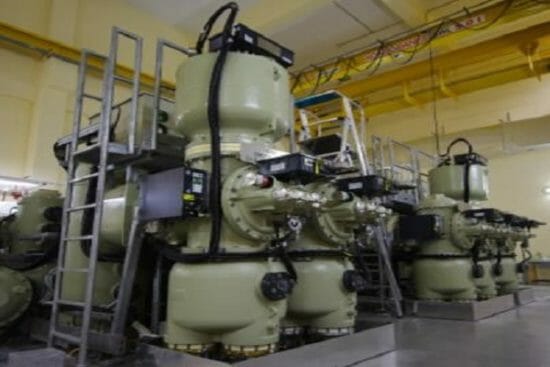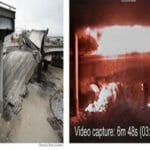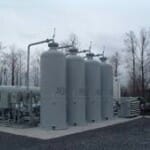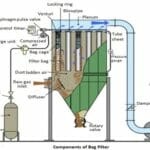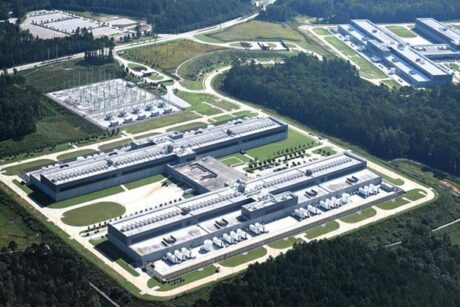- Course No.: E – 1645
- PDH Units: 6
No data found for Custom Course Number
No data found for Custom Course Units
- Course No.: E – 1645
- PDH Units: 6
Intended Audience: Electrical and general engineers
PDH UNITS: 6
When determining between AIS or GIS technology, some elements alone, for example aesthetics, may be an overcoming impact on a user’s conclusion. Nevertheless, most of the time the best conclusion asks for assessing many elements and soliciting input data from many sections within an investor’s organization. It is also critical to note that the optimal substation arrangement may not be solely AIS or GIS. Sometimes a mix of the two (i.e., hybrid or mixed-technology) might be the best arrangement. Typically, most of the factors will prefer GIS technology, but it is the value or importance given to the considerations that decides if the return on investment is justifiable to choose GIS over AIS technology. Consideration that can be measured should be assigned importance weights based on the user’s needs. This course is suitable for engineers with a desire to understand the fundamentals of Gas Insulated Substation (GIS) technology. Presented details cover issues related to fundamental terms, rated voltages and insulation levels, GIS availability and reliability, operating principles, substation arrangements and design, power system and financial considerations. Specific Knowledge or Skill Obtained & Learning Objectives This course teaches the following specific knowledge and skills:
- Fundamental GIS terminology
- Rated voltages and insulation levels
- GIS availability and reliability
- Operating principles
- Substation arrangements and design
- Power system considerations
- Financial considerations
Once completed, your order and certificate of completion will be available in your profile when you’re logged in to the site.


